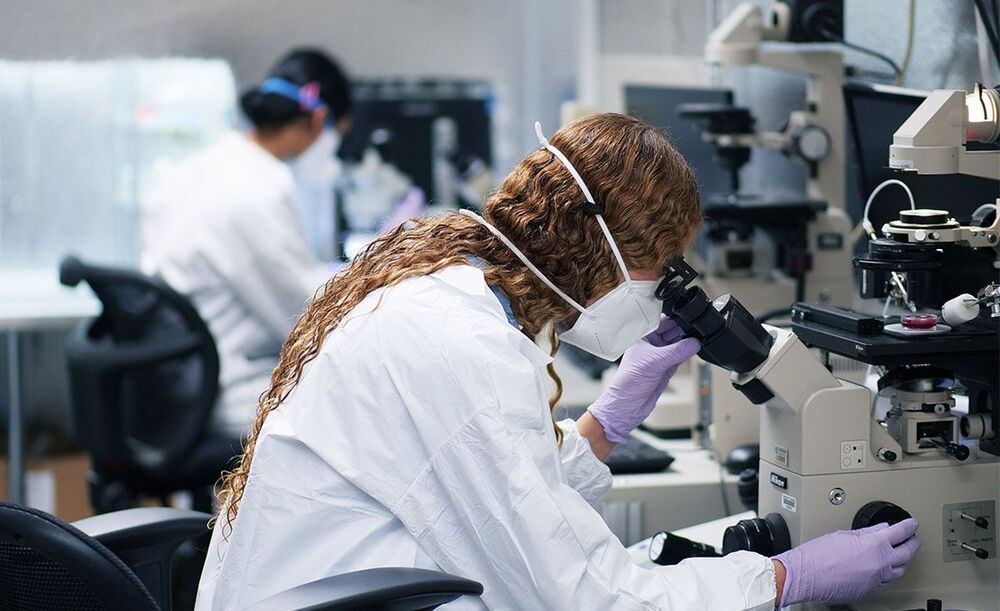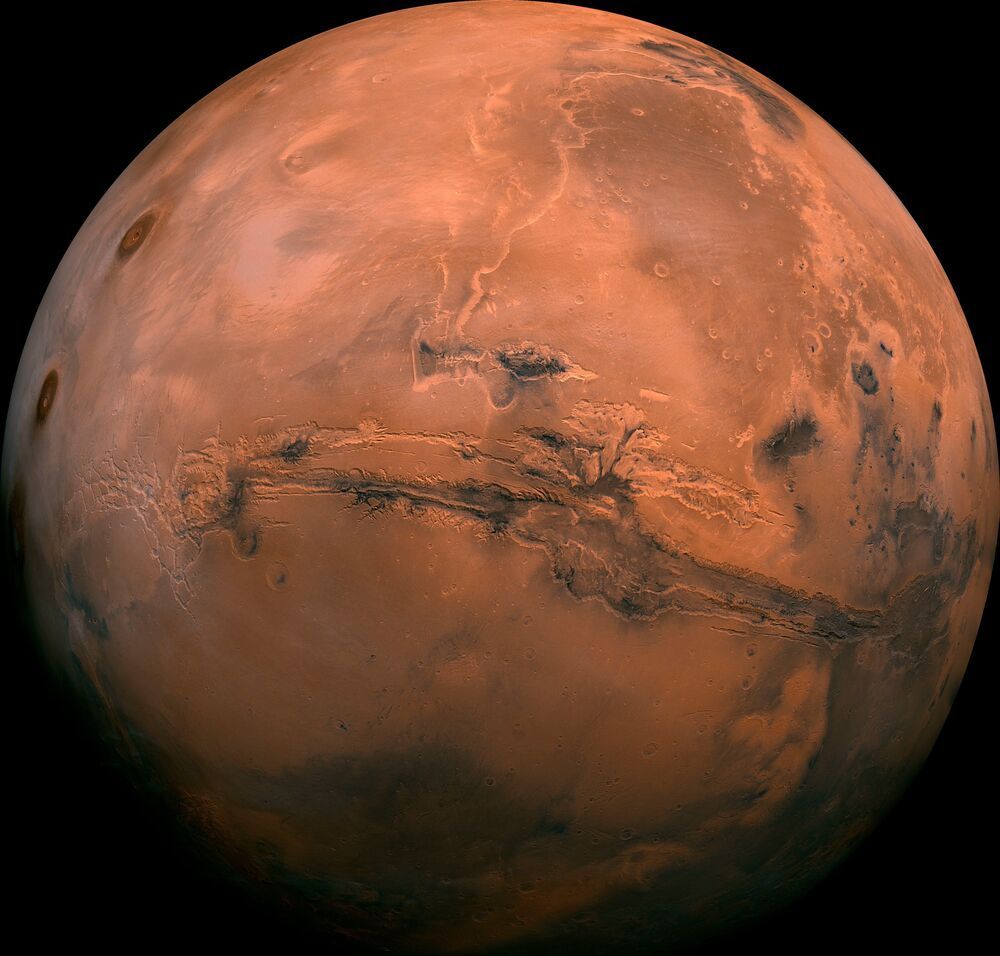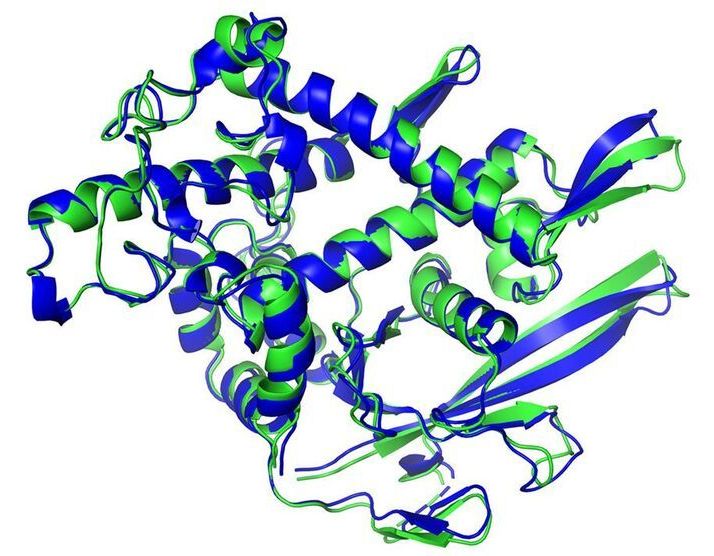Google’s deep-learning program for determining the 3D shapes of proteins stands to transform biology, say scientists.



Longevity biotech firm BioAge Labs is readying itself for clinical trials after raising a whopping $90 million Series C funding round. The company revealed it will be moving its lead platform-derived therapies, BGE-117 and BGE-175, into Phase 2 clinical trials in the first half of 2021.
Longevity. Technology: As the developer of an AI platform that maps the molecular pathways impacting human Longevity, we’ve followed developments at BioAge with great interest. With two compounds ready to enter the clinic next year, and more on the way, this company is fast-becoming one of Longevity’s most exciting prospects.
The new funds will be used to develop BioAge’s portfolio of therapies for increasing healthspan and lifespan, as well as to augment its AI platform, and further expand its capabilities to test drug candidates in predictive models of human diseases of aging.

Space exploration company SpaceX’s founder and chief executive officer Elon Musk on Tuesday said he expected humans to land on Mars in six years. He also said that SpaceX plans to launch an unmanned spacecraft and land on Mars in two years, with a chance of the first human landing on Mars in four years instead of six.
United States’ space agency NASA’s Perseverance rover which was launched in July 2020 is scheduled to land at Jezero Crater on Mars on 18 February 2021. It will look at signs of ancient life and collect rock and soil samples for a possible return to Earth.
It is carrying instruments that will use high-temperature electrolysis but the Mars Oxygen In-Situ Resource Utilization Experiment (MOXIE) will be producing oxygen only, from the carbon dioxide in the air.
A new type of energy-generating synthetic skin could create more affordable prosthetic limbs and robots capable of mimicking the sense of touch, scientists say.
In an early-view paper published in the journal IEEE Transactions on Robotics, researchers from the University of Glasgow describe how a robotic hand wrapped in their flexible solar skin is capable of interacting with objects without using dedicated and expensive touch sensors.
Instead, the skin puts the array of miniaturized solar cells integrated on its soft polymer surface to a clever dual use. The cells generate enough energy to power the micro-actuators which control the hand’s movements, but they also provide the hand with its unique sense of ‘touch’ by measuring the variations in the solar cells’ output.
Diseases caused by folded proteins in the body are all over the news every day, like cancer, Alzheimer’s, and COVID-19. And now, a Google model powered by artificial intelligence could map these folded proteins in more detail than ever before, allowing scientists to “unfold” proteins and better explore possible treatments.
➡ Read best-in-class science features and get unlimited access to Pop Mech, starting NOW.
AI solves a 50 year biological problem of protein folding!
Han from WrySci HX goes through the recent scientific breakthrough by AlphaFold from DeepMind. The ability to accurately predict a protein structure just based on an amino acid sequence will be a complete game changer. More below ↓↓↓
Subscribe! =]
Video credits from DeepMind: https://www.youtube.com/watch?v=gg7WjuFs8F4
Please consider supporting 🙏
So AI is now designing robots. 😃
At first the designs were nonsense, but the (human) engineers trained it on animals and arthropods.

ARK previously detailed the tactical advantages Tesla would enjoy if it were to launch a vertically integrated ride-hail service. Here, we detail the strategic logic of Tesla launching that service.

The annual meeting of the Radiological Society of North America highlighted how artificial intelligence is being used to augment medical imaging.
RSNA 2020, the annual meeting of the Radiological Society of North America, showcases the latest research advances and product developments in all areas of radiology. Here’s a selection of studies presented at this year’s all-virtual event, all of which demonstrate the increasingly prevalent role played by artificial intelligence (AI) techniques in diagnostic imaging applications.
Deep-learning model helps detect TB
Early diagnosis of tuberculosis (TB) is crucial to enable effective treatments, but this can prove challenging for resource-poor countries with a shortage of radiologists. To address this obstacle, Po-Chih Kuo, from Massachusetts Institute of Technology, and colleagues have developed a deep-learning-based TB detection model. The model, called TBShoNet, analyses photographs of chest X-rays taken by a phone camera.

Artificial intelligence (AI) has solved one of biology’s grand challenges: predicting how proteins curl up from a linear chain of amino acids into 3D shapes that allow them to carry out life’s tasks. Today, leading structural biologists and organizers of a biennial protein-folding competition announced the achievement by researchers at DeepMind, a U.K.-based AI company. They say the DeepMind method will have far-reaching effects, among them dramatically speeding the creation of new medications.